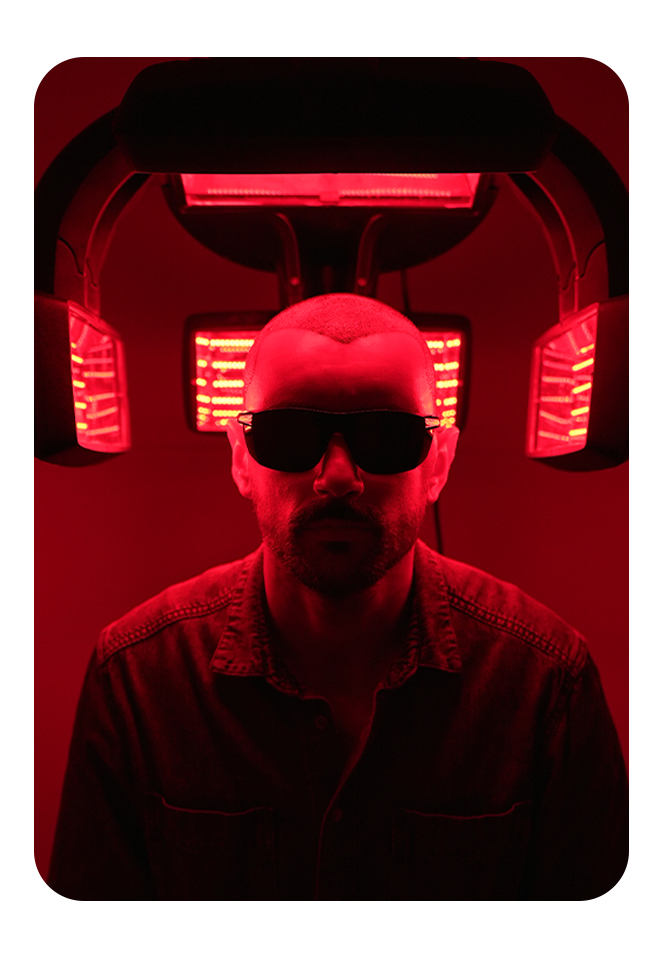In the context of hair transplantation, laser treatment is often administered in a series of sessions after the transplant procedure to enhance the healing and recovery process. The therapy works by speeding up the recovery of the scalp, reducing the likelihood of hair loss, and in some cases, even promoting new hair growth for several months following the transplant. This makes laser therapy a powerful tool in ensuring the success of a hair transplant and the longevity of its results. However, it is important to understand that laser therapy is a complementary treatment option rather than a mandatory one. While it can be an invaluable addition to a comprehensive hair loss management plan, particularly after hair transplantation, it is not necessarily required for everyone. Hair loss is a common problem that can be influenced by various factors, including aging, genetics, hormonal changes, stress and unhealthy lifestyle. These factors can lead to the gradual thinning of hair or even significant hair loss over time. After undergoing a hair transplant, laser therapy offers a healthy, painless and safe solution for individuals experiencing hair thinning or loss. This innovative treatment not only supports the growth of newly transplanted hair but also improves the overall health and appearance of the hair. Laser treatment is a non-invasive treatment method designed to stimulate hair growth and reduce hair loss by targeting both the skin and underlying layers of tissue to promote the development of hair follicles. This process utilizes red light lasers that penetrate the scalp, allowing the cells to absorb the light energy. This absorption significantly increases cellular activity and boosts blood flow to the scalp. As a result, the increased blood circulation nourishes the hair follicles, leading to densification of thinning hair and the strengthening of hair follicles, which ultimately results in stronger, healthier, and longer-lasting hair growth.

The application of laser therapy is a carefully structured process that begins with the use of a dermaroller, a tool that creates tiny micro-channels on the surface of the scalp. These micro-channels are essential because they allow for deeper absorption of specialized serums applied to nourish and regenerate the scalp. Once these serums have been applied, the next step is to direct targeted laser light at weakened capillaries and hair follicles. This targeted approach improves blood circulation in the scalp, stimulates hair regrowth, and strengthens the hair fiber from within.
The combination of the dermaroller and the serums enhances the effectiveness of the laser treatment. The microchannels created by the dermaroller ensure that the laser light to penetrate deeper into the skin, reaching inactive hair follicles more efficiently. This deep stimulation triggers protein synthesis and promotes the regeneration of cells, which in turn encourages the growth of new, healthier hair. The complementary effect of these treatments provides a more comprehensive approach to hair restoration, ensuring that hair not only grows back, but that it grows back strong, healthy and long-lasting.
Laser therapy offers remarkable benefits, especially for patients who are eager to improve the growth and density of their transplanted hair. One of the key advantages of this therapy is its ability to accelerate the hair growth process, helping the new hair become dense and strong much more quickly after a transplant. This makes laser therapy an excellent option for those who wish to maximize the results of their hair transplant and achieve fuller, healthier hair in a shorter amount of time. By integrating laser therapy into their post-transplant care routine, patients can enjoy enhanced results that are both long-lasting and aesthetically pleasing, ultimately leading to greater satisfaction with their hair restoration journey.

